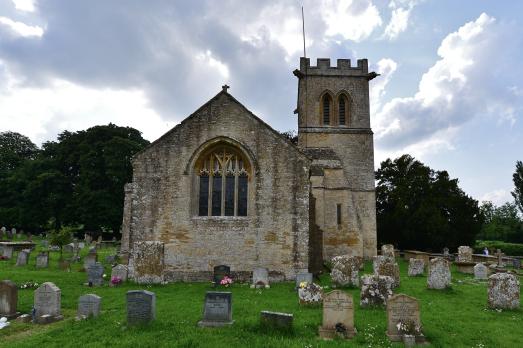
St Mary the Virgin
Stoke sub Hamdon, Somerset | TA14 6UF
St Mary's is built of the local, golden Ham stone, and has features from the 12th century to the 20th.
We have supported this church
Search for a fascinating place to visit, or see the variety of churches, chapels and meeting houses we have supported.

Stoke sub Hamdon, Somerset | TA14 6UF
St Mary's is built of the local, golden Ham stone, and has features from the 12th century to the 20th.
We have supported this church
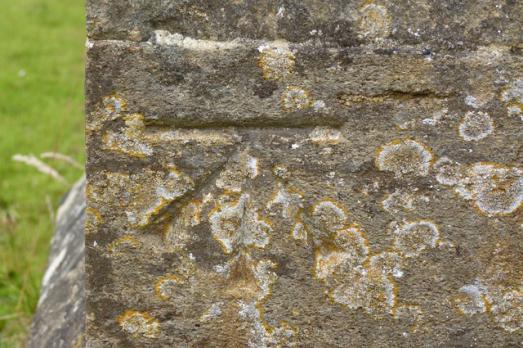
Lufton, Somerset | BA22 8SU
A charming tiny Somerset village church which has been the centre of worship for the hamlet for over a thousand years.
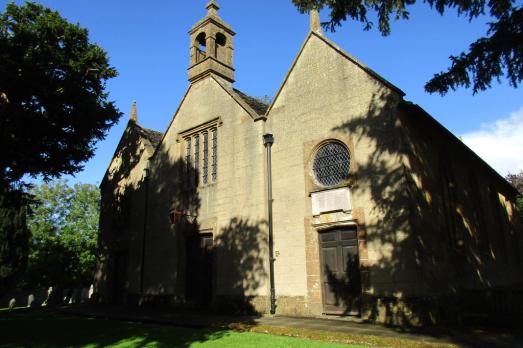
Castleton, Dorset | DT9 3RX
Outside the curtain wall of his 12th century castle, Bishop Roger of Salisbury built a Norman church to be used by his tenants and retainers.
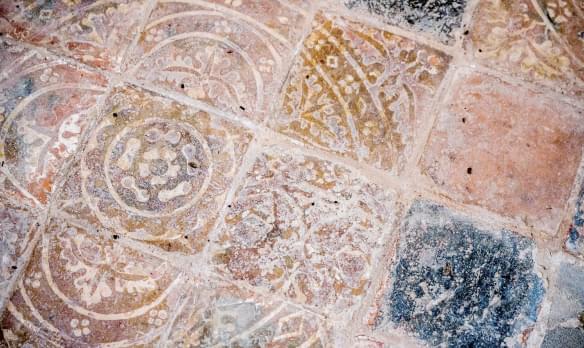
Winchester, Hampshire | SO23 9NA
The chapel was built between the years 1387 and 1395 to designs by William Wynford, with Hugh Herland responsible for the traceried wooden ceiling and Thomas of Oxford for the glazing.
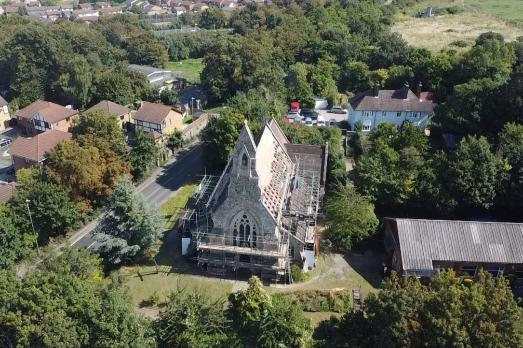
Greenhithe, Kent | DA9 9ND
St Mary is a Grade II listed church, built in 1856.
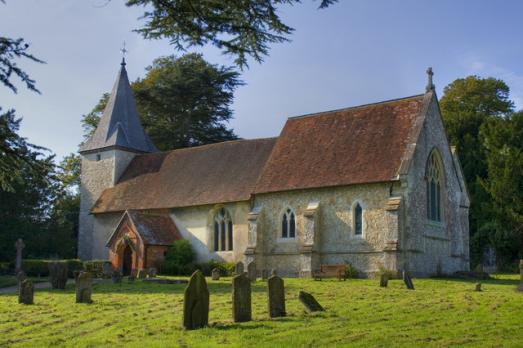
Farringdon, Hampshire | GU34 3EG
A beautiful 12th century church, set in a rural Hampshire village and adjacent to two ancient Yew trees which long predate the church.
We have supported this church
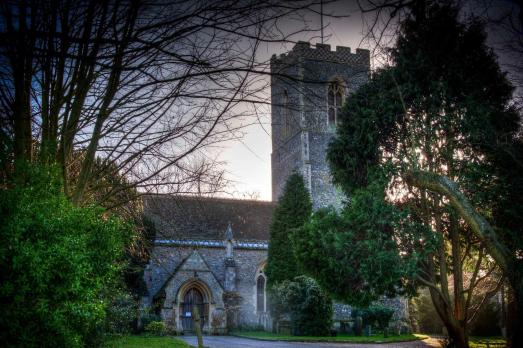
Kirby le Soken, Essex | CO13 0EF
St. Michael’s is the parish church serving both Kirby le Soken and Kirby Cross. It stands back from the main road through Kirby le Soken at the end of a driveway.
We have supported this church
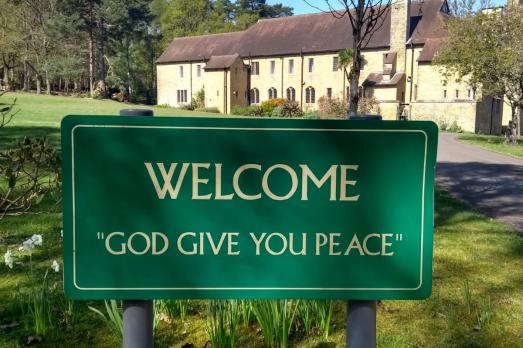
Chilworth, Surrey | GU4 8QR
A living Roman Catholic Benedictine monastery near Guildford in Surrey which welcomes the public to join the monks in daily Mass, Divine Office and prayer (often in Gregorian Chant) 365 days a year.
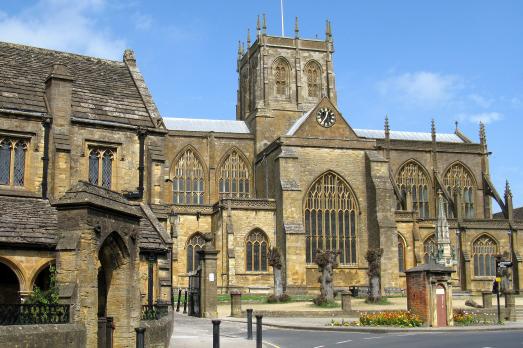
Sherborne, Dorset | DT9 3LQ
The great golden Hamstone bulk of Sherborne Abbey presides benignly over its little medieval town.
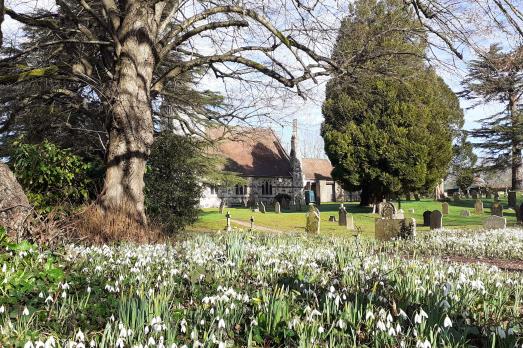
Whiteparish, Wiltshire | SP5 2SU
A Grade II* listed building with a chancel of Saxon origin. Come and visit our lively and historic church!

Westhumble, Surrey | RH5 6DU
A little weather boarded chapel that was once a barn.
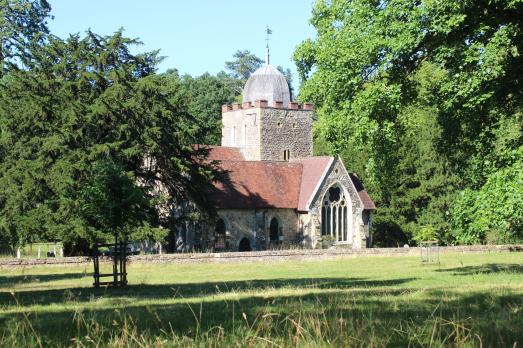
Albury, Surrey | GU5 9BB
An ancient Saxon church in a lovely parkland setting.